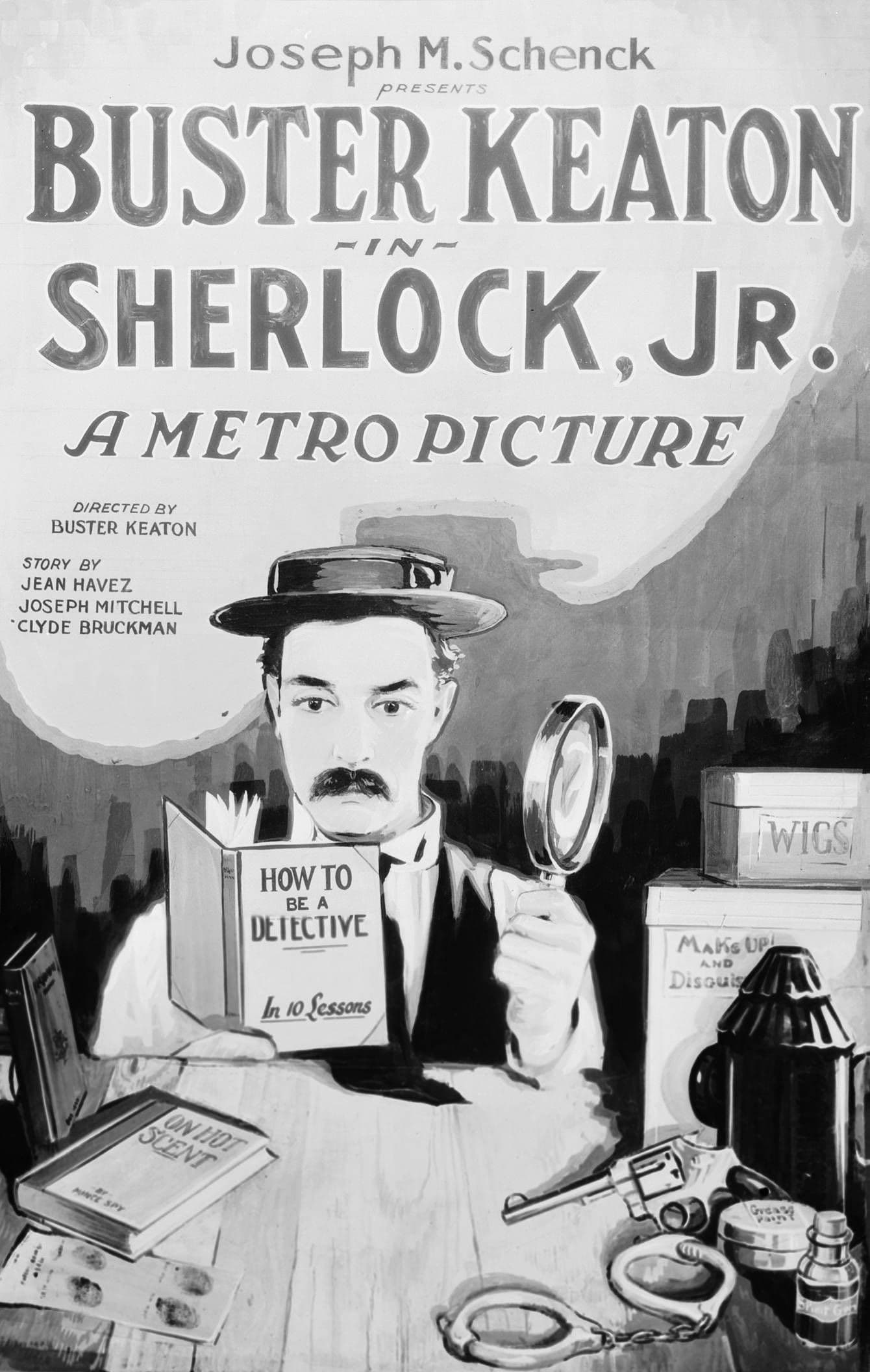
Sherlock Jr.
1924
Rate this movie
Average: 0.00 / 5
(0 votes)
Director
Buster Keaton directs and stars in this delightful metaliterary take, where Conan Doyle and Pirandello peek through. The physical, dream, and theatrical planes intersect, creating a sort of multidimensional rift in which Keaton's genius rages like a mad Demiurge, weaving a narrative that is both parody and profound reflection on the creative and perceptive act. Forty-five minutes of great cinema, a distillate of pure inventiveness in which Keaton fleetingly touches upon themes that would form the backbone of much future cinematography. The director borrows typical elements of mystery films, such as the detective with impeccable reasoning, the unsolvable mystery, and the breathtaking chase, only to subject them to an amusing parody torn apart by elements so surreal and sudden as to disorient the viewer, dragging them into a logically structured labyrinth of nonsense. By doing so, he not only anticipates but in a sense establishes many elements of cinematic surrealism, with its dreamlike images, its logics revealed and immediately contradicted, and its bold juxtaposition of irreconcilable realities. It is worth remembering that his film influenced directors like Luis Buñuel, who often cited "Sherlock Jr." as one of his main sources of inspiration, recognizing in it the audacity to break narrative conventions and explore the drifts of the unconscious long before the surrealist movement found its full expression in European films. Keaton's ability to destabilize the perception of reality through editing and performance is not only comical but deeply philosophical, anticipating Pirandellian discussions on identity and the role of illusion in life and art.
A projectionist passionate about mystery films, whose existence is perhaps duller than the film rolling in his machine, falls in love with a girl but is unjustly accused of theft by his romantic rival. Desperate and wounded in his pride and soul, he falls asleep during a screening and finds himself, with an unprecedented diegetic leap, catapulted inside the film he is projecting: an intricate mystery that seems a projection of his own desires and fears. In this dream world, which is also the beating heart of the Keatonian paradox, he becomes "Sherlock Jr.", a brilliant and incredibly agile detective, capable of defying the laws of physics and narrative logic to investigate a theft and try to clear his name. Between hilarious gags, millimetrically precise comedic choreographies, and surreal situations that defy all spatial and temporal coherence, Keaton delivers an unforgettable acrobatic and comedic performance. His "Great Stone Face," impassive in the face of surrounding absurdity, becomes the catalyst for humor that is both pure slapstick and acute existential observation, playing with the boundaries between reality and fiction, between dream and wakefulness, and inviting the viewer to reflect on the fluidity of such demarcations.
The film, more than a simple comedy, is a meta-reflection on cinema itself, a visual essay on its illusionistic possibilities and epistemological implications. Keaton, like a virtuous magician and narrative engineer, plays with the boundaries between what is tangible and what is merely represented, between lived experience and dreams, involving the viewer in a vortex of superimposed and slippery narrative planes. The dream is not a mere narrative device, but the instrument through which Keaton explores the hidden fantasies and latent fears of his protagonist, creating a dreamlike dimension that is both surreal and poetic, capable of revealing deeper truths than wakefulness itself. The innovative use of editing, particularly the sequence in which the projectionist repeatedly enters and exits the screen through very rapid cuts that change the scenario around him, is not only a technical marvel for its time (it was 1924!) but a statement of intent on cinema's power to manipulate space and time. The construction of gags, often based on in-camera special effects or complex stage engineering, and the ability to create suspense through a relentless succession of events, are elements that anticipated many of the narrative and visual techniques used in modern cinema, from psychological thrillers to surreal comedy. Editing is one of the film's key elements, a true visual grammar: Keaton uses rapid cuts and unusual shots not only to create a sense of disorientation and to emphasize the dreamlike and deliberately incongruous aspect of the narrative, but to demonstrate the medium's ability to alter the perception of reality. "Sherlock Jr." is a film that transcends time and space, a work that continues to fascinate and surprise viewers of every generation, forcing them to reconsider what is "real" on the big screen. Its originality, inventiveness, and ability to unite the most unrestrained comedy with the most delicate poetry, make this forty-five-minute gem an absolute masterpiece of cinema, a living manual on the art of making one dream with open eyes.
Gallery
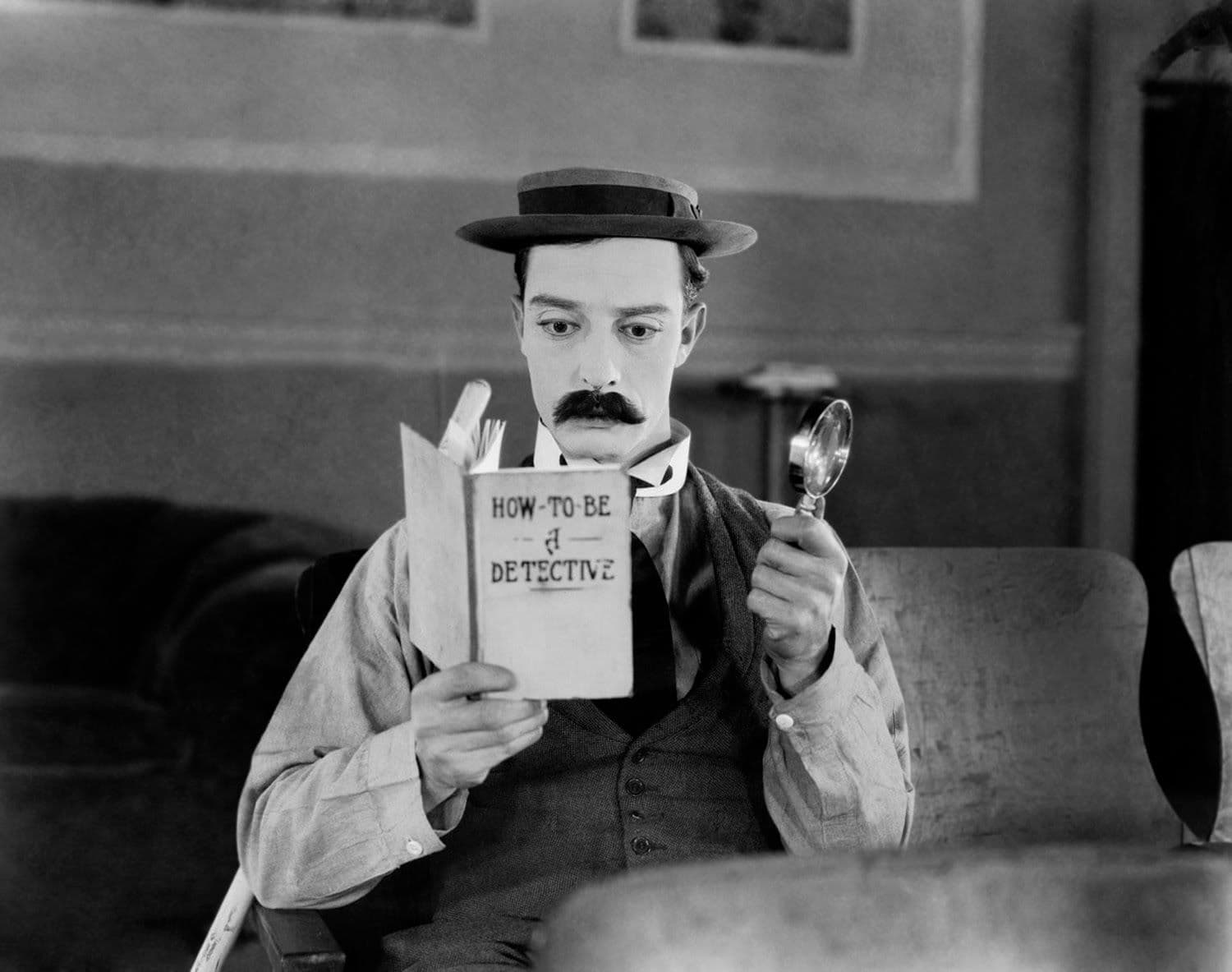
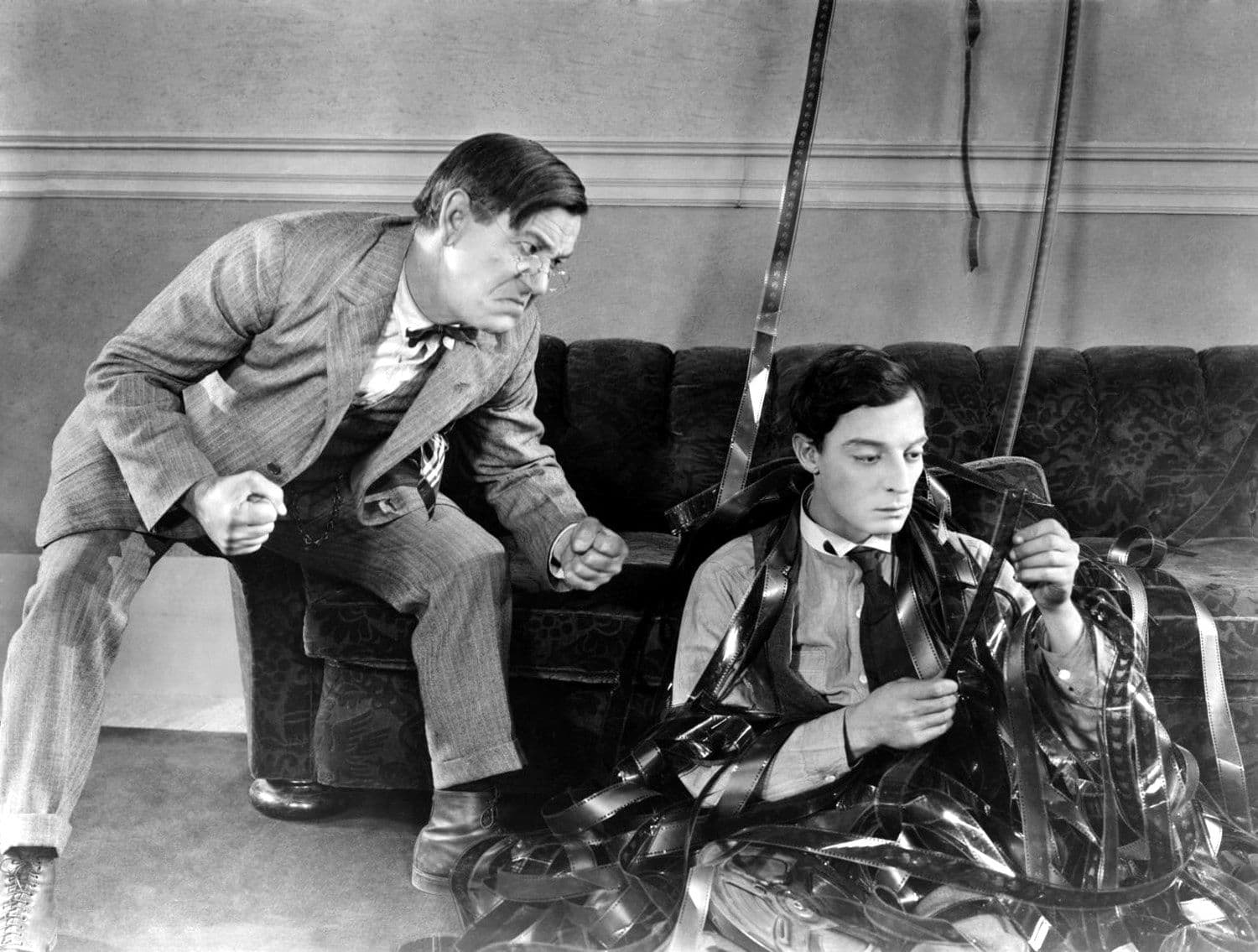
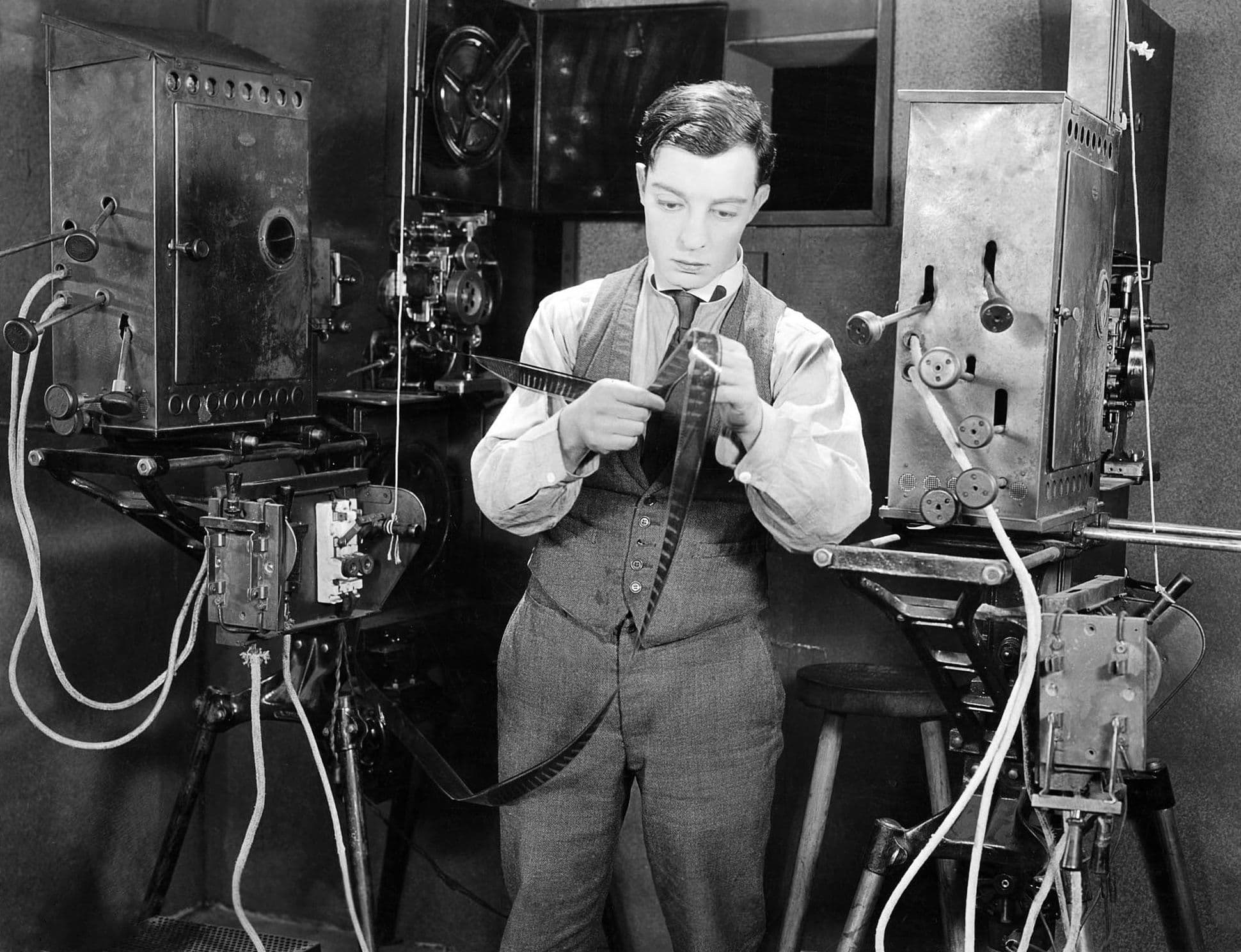
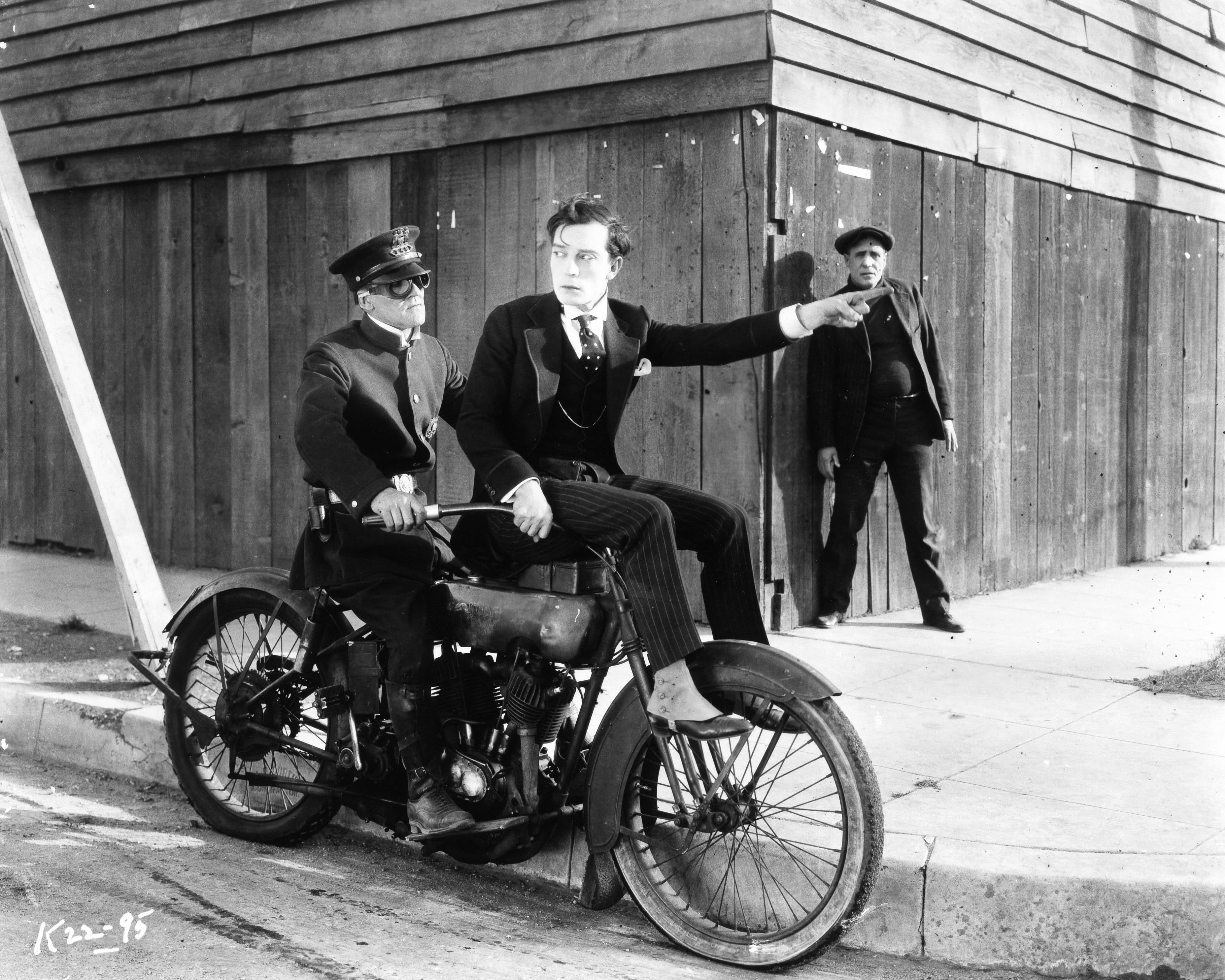
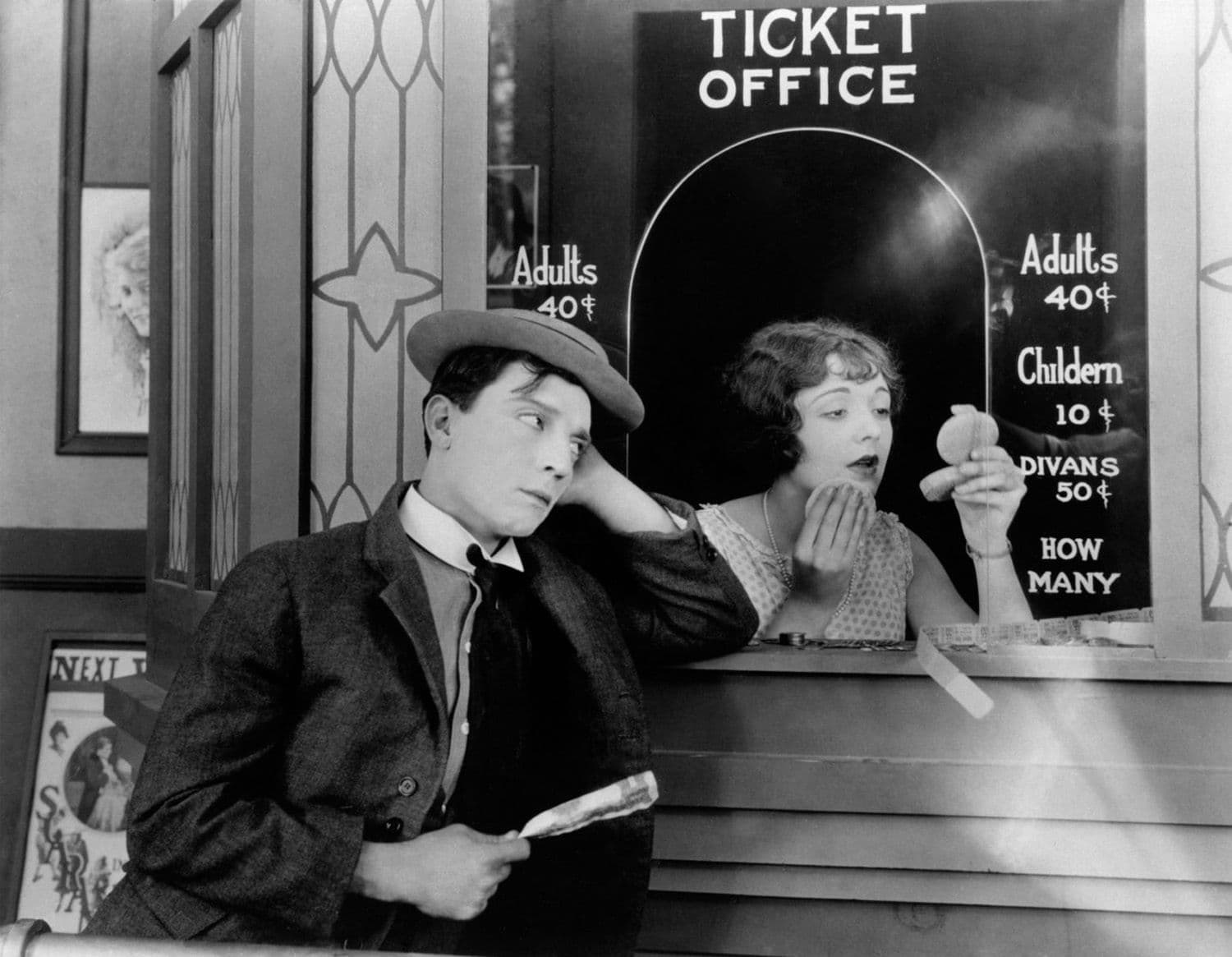
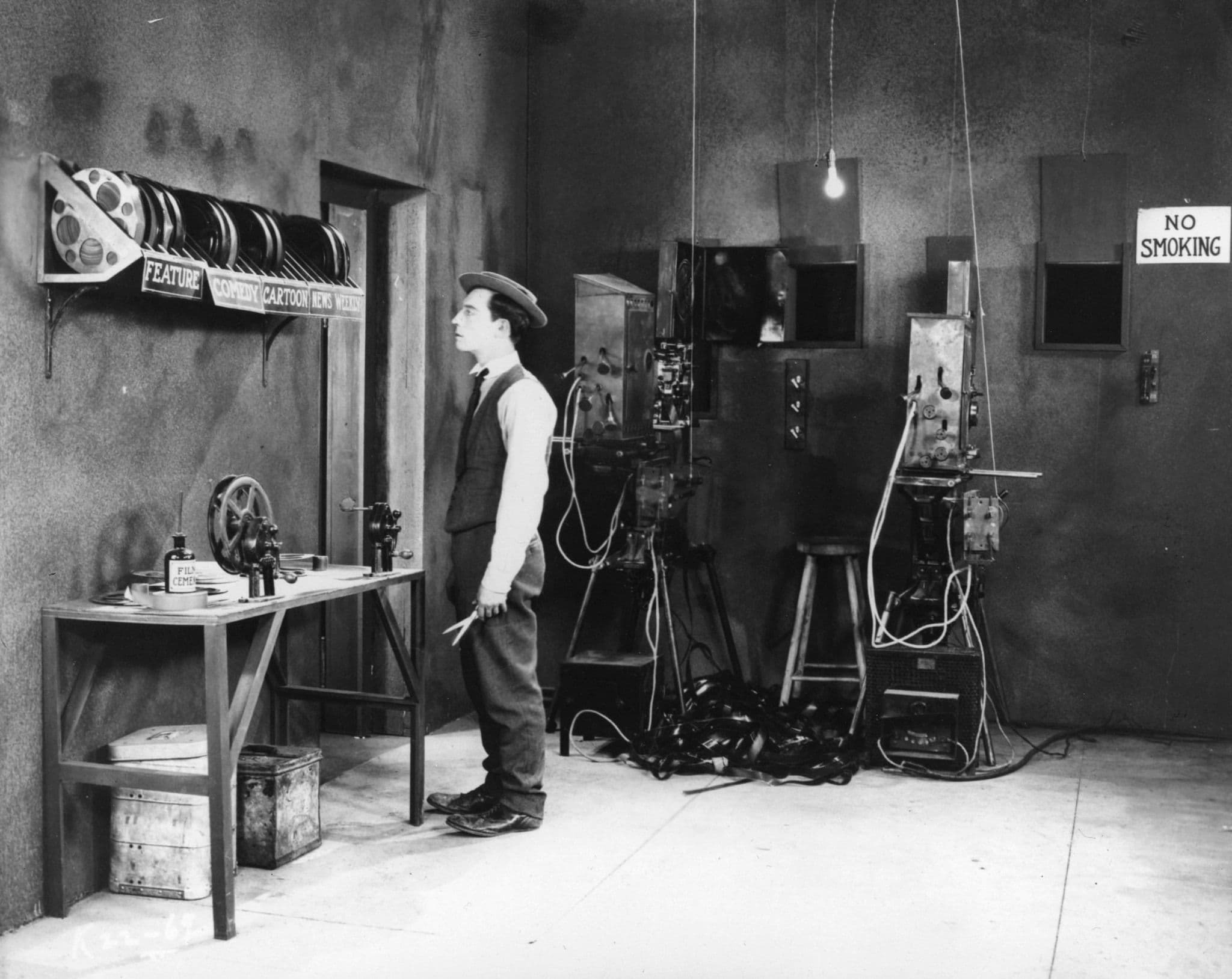
Featured Videos
Official Trailer
Comments
Loading comments...